With the Walter Lamb outdoor line, originally designed in 1947 and newly released in 2019, Brown Jordan resurrects a legendary emblem of its history. The heritage collection reveals how much—and how little—has changed in modern American design.
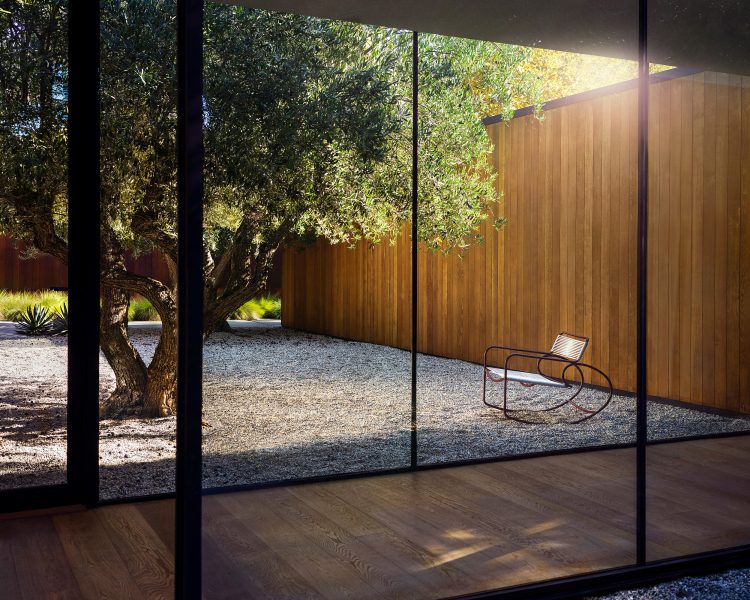
In mid-1940s America, before economic success had pushed away the shadow of World War II, Robert Brown and Hubert Jordan were already imagining postwar America. How would American life change in the coming decades? Based in Pasadena, California, the pair envisioned their hometown as the birthplace of an American decor dream—and another central space in middle class social life: the patio. Within the growing suburbs, Brown and Jordan (along with other backyard entrepreneurs) saw a secluded haven, set inside fenced yards and around sparkling pools, where indoor life would spill outward into outdoor entertaining. The easy, low-key luxury of weather-resistant lawn chairs and splayed chaise longues—spurred by the proliferation of easily replicable styles—would help define the leisure time of midcentury Americana.
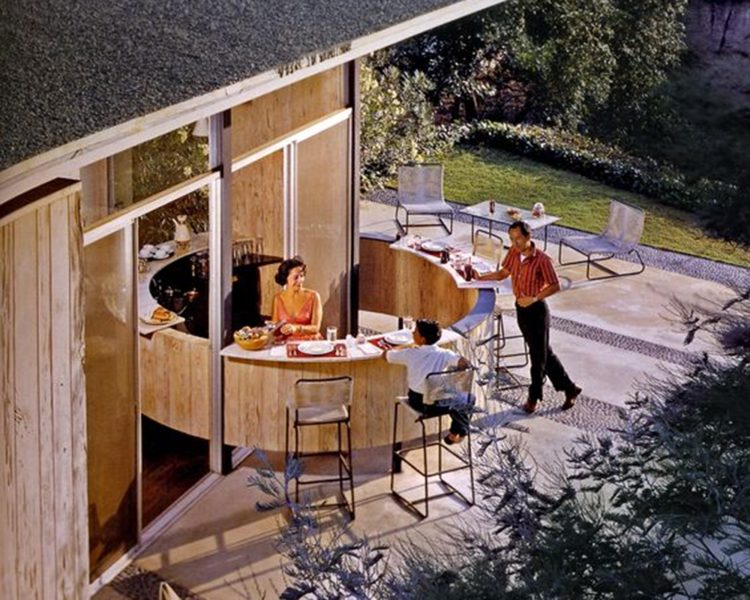
For Brown and Jordan, beautiful design was just as appropriate outside the home as within it. To bring to life a rich outdoor environment, the duo tapped visionary designers, challenging them to develop unique products from practical materials that would endure sun, rain, and wind. Brown knew architect Walter Lamb through the design world and had previously commissioned him for custom projects. With the trauma of World War II only an arm’s length into the past, Lamb had been experimenting with small-scale pieces—including ash trays, bird baths, and wind chimes—that used salvaged materials to draw on the American strength (and deep, tragic loss) that secured Allied victory. After seeing one of his custom brass designs in person, Brown decided to transform the piece into a full-fledged collection in durable bronze.
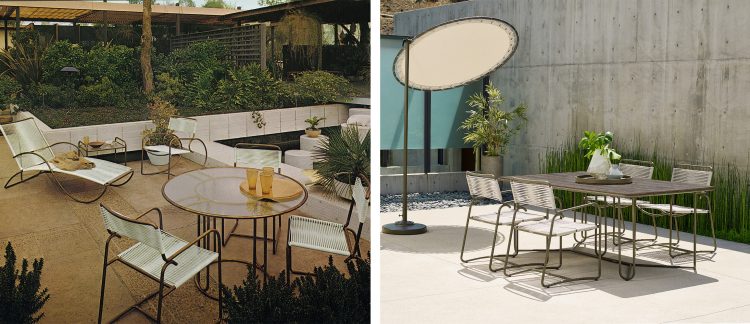
In 1947, the company officially launched the Walter Lamb collection, a veritable design tribute to America’s war victory. Bronze piping brought to mind naval prowess, while the cotton rope of the chair seats was reclaimed directly from sunken US ships off the coast of Pearl Harbor. Trauma was integrated, almost literally, into the fabric of the new collection. Lamb’s graceful, curvilinear lines, meanwhile, heralded a new spirit of American design, a functional simplicity that is just as essential now as it was then.
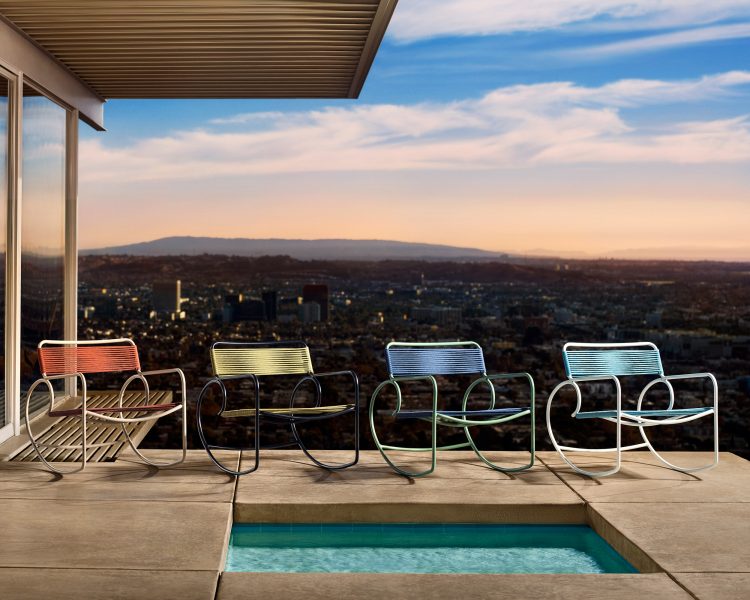
While in 1947, the concept of high-end outdoor living was a budding idea, by the 2010s, Americans had already fallen in love with their patios. As the 75th anniversary of the original line approached and midcentury designs continued their hold on contemporary imagination, Brown Jordan’s designers took Walter Lamb’s iconic collection back to the drawing board. To update it for a new century, they replaced the bronze with lightweight aluminum, ever more appropriate for the outdoors, and the salvaged naval cords with polypropylene rope, designed to last through the toughest conditions. Because contemporary households seemed to require much bigger dining surfaces, the designers crafted a selection of larger tables aligned with the ethos of the original collection.
Reinvented for a contemporary audience, the line is still wonderfully fresh, and its future influence is far from finished. “It’s just as relevant and beloved today as it was when it was first introduced 75 years ago,” says Steve Elton, Brown Jordan’s Chief Brand Curator. “We will continue to evolve and expand the collection because we are always looking for new interpretations of a classic design.”
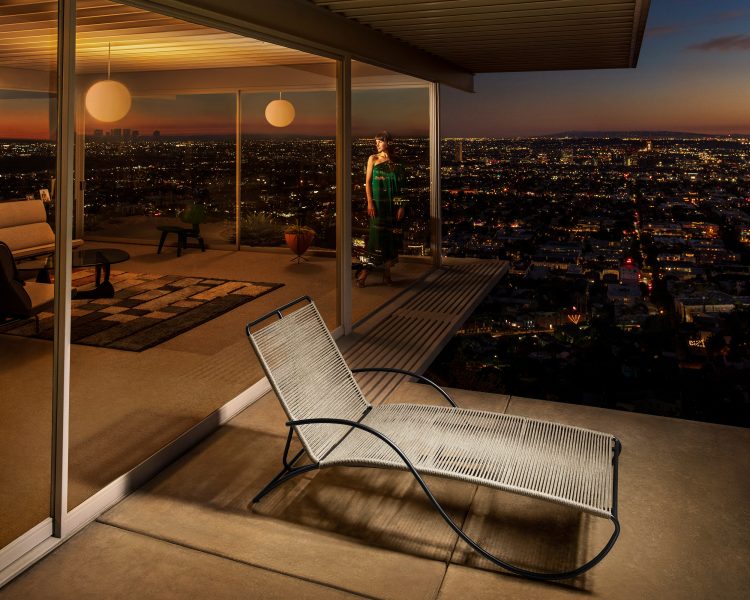
As in the 1940s, the outdoors have recently taken on new meaning: Since the onset of the COVID-19 pandemic, the outdoors have become a space where families and friends can safely come together. Although Brown Jordan could never have predicted a pandemic, the continuity is strikingly apt. Where the outdoors once symbolized a new form of leisure, in 2020 the patio brings to mind its continued utility—an extension of home life, full of unique possibilities for coming together.